How to use the metrics on your running watch, according to a real running coach
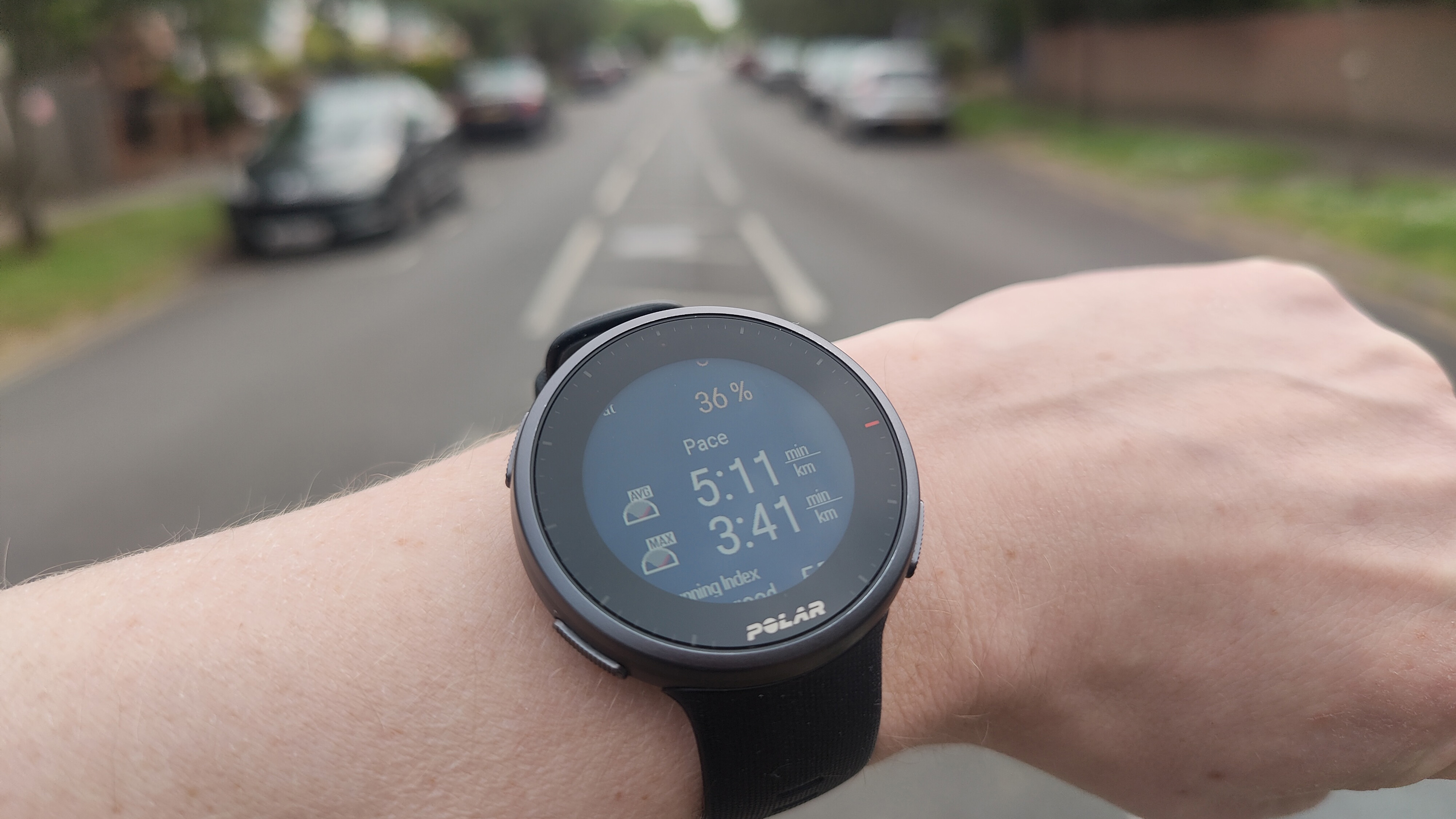
The first thing my runners ask me when they get a new watch is 'what do all these numbers mean'?
Even the most basic of running watches will have several screens of data giving real time information on pace, cadence and heart rate. The best running watches track a sophisticated range of metrics, helping every runner to maximise their training and performance.
In a nutshell, these numbers track how fast you are moving, how often your feet hit the ground and how your heart is responding to the effort. They can also indicate how efficiently (or inefficiently) you are running.
Understanding these figures is important to ensure your training plan is appropriate for you. Whether you’re using one of the best Apple watches, an Android-based model or even one of the best Garmin watches, they will help you to run slower when you need to build endurance, and keep you on track when training for a new personal best.
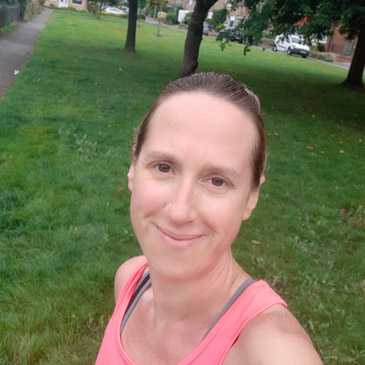
Lily Canter is an England Athletics qualified running coach and recently completed a 250km multistage race in Tanzania. Lily can usually be found on the trails running with her dog Zippy, and regularly writes for Runner's World.
Pace, Time and Distance
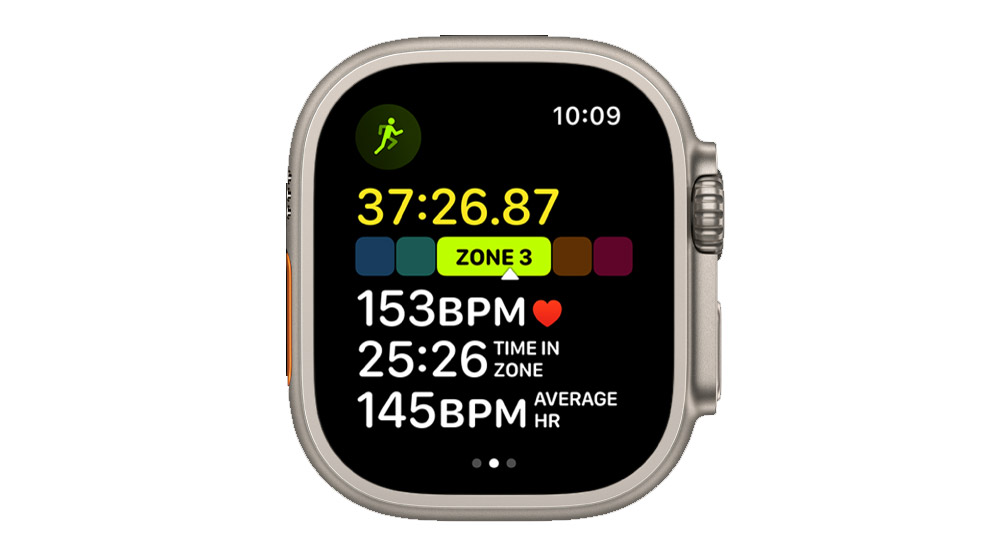
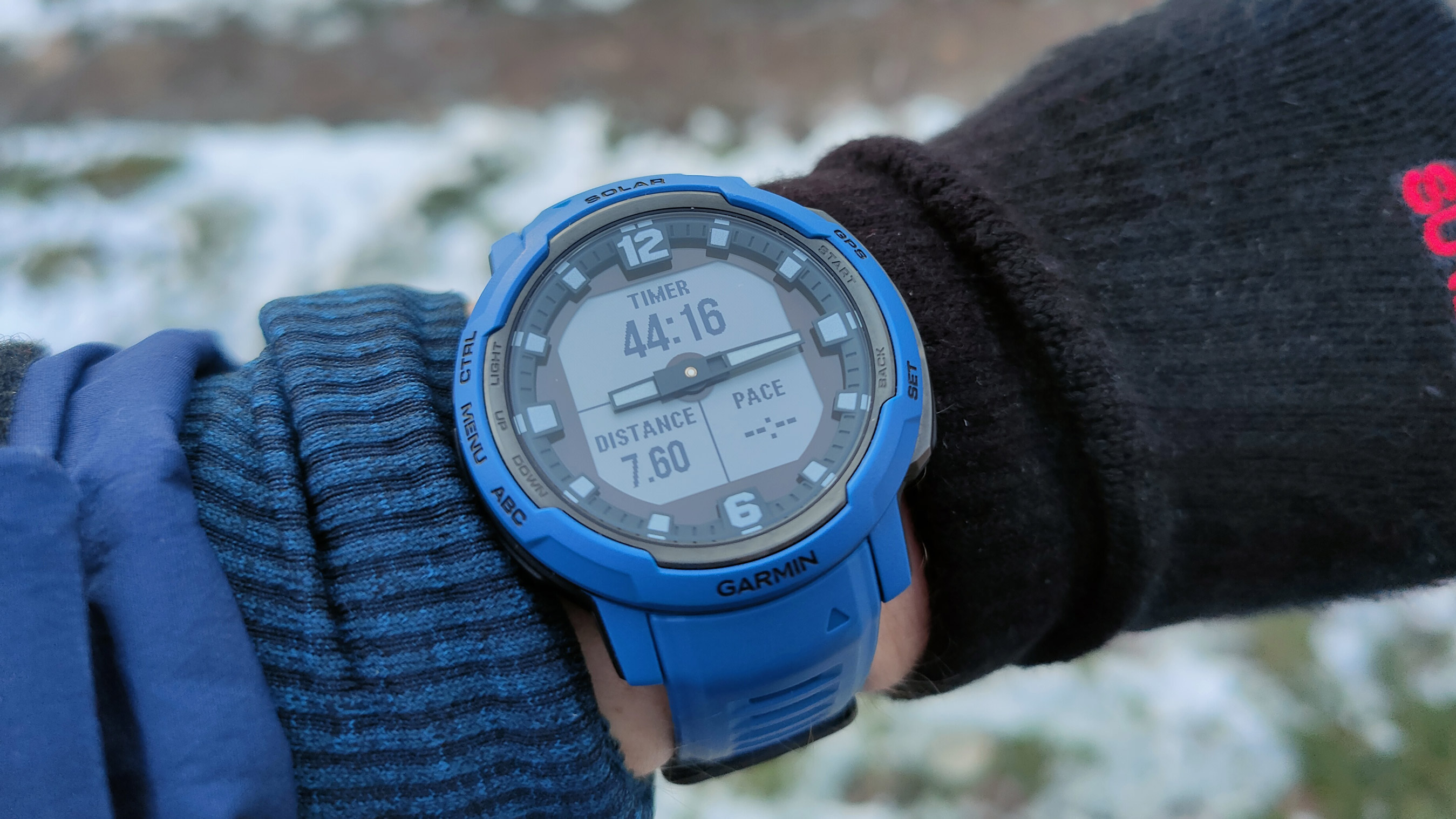
There are lots of different ways to play around with pace, time and distance in a training session. However, unless you're on a running track with a coach, it's pretty much impossible without a watch.
A good speed session for most people involves them running a certain distance, for example 400 meters, at a particular pace. A running watch will tell you how fast you are running in real time (known as ‘pace’) whilst also measuring how far you travel (referred to as ‘distance’ on the watch). This helps you to ensure each time you run that route, you’re hitting the same speed. Using a watch’s pacing function can help by telling you when you need to slow down or speed up to maintain an even pace.
This becomes important if your goal is to finish a race in a particular time. For example if you want to run a 10K in under an hour, then your average pace needs to be six minutes per kilometer.
Sign up for breaking news, reviews, opinion, top tech deals, and more.
It doesn't really matter if you work in miles or kilometers, as long as you know which one your watch is set to. If you are starting out, then my preference would be kilometers. Shorter distance races and milestones are measure in km, such as a 5K parkrun or a 10K race.
Once you start using a training plan, which can be picked up for free on the internet or designed by a specialist running coach, a watch will really come into its own. You will probably have a certain number of miles or hours to cover in a week, and different runs will be at varying paces. A watch will help to keep you in line with your plan and make sure you are not running too fast or far, which could lead to an overuse injury.
My runners are often surprised how slow their endurance training pace should be (used for 80% of their runs) and without a watch, they definitely run too fast!
Heart rate zones

Many athletes, particularly triathletes who are competing across multiple disciplines, use heart rate zones to monitor the intensity of their workouts. You can also use one of the best heart rate monitors as well as (or instead of) your watch for additional accuracy. In many ways heart rate zones are closely related to your perceived effort; if you can hold a flowing conversation whilst running then your perceived effort will be low, as will the heart rate.
Heart rate zones are a percentage of your maximum possible heart rate, which is measured in beats per minute (BPM). If you spend a long time running with a very high heart rate, your watch will read you’ve spent a certain number of minutes on Zone 4, or Zone 5. Thigher the heart rate, the more intense the exercise and the higher the zone. Everyone's heart zones will be different according to their level of fitness, and they will change as fitness progresses.
There are generally five heart rate zones. Zone 1 is up to 50% of your heart rate max and is used for light warm up and cool down work. At the top is Zone 5, used for very short bursts to develop fast-twitch muscles and boost sprint speed.
Most training plans will involve a lot of Zone 2 work at 60-70% heart rate max, with a session or two a week in Zone 3 or Zone 4.
As previously mentioned 80% of training sessions should be conducted at an easy perceived effort, which equates to Zone 2.
Cadence and stride
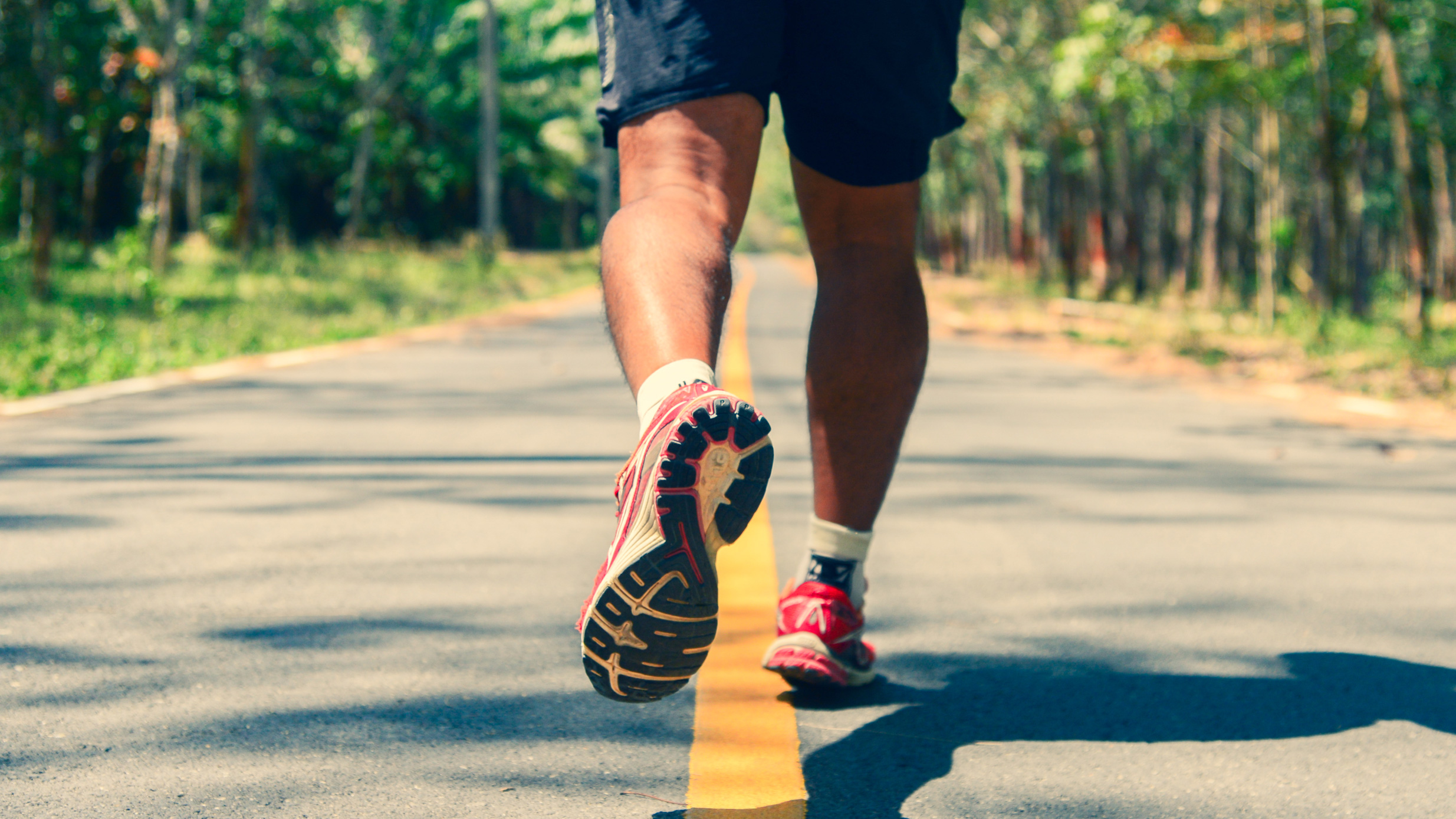
How many times your feet strike the ground in a minute is known as ‘cadence’. Meanwhile, a stride refers to the length of a step and is calculated on just one side.
Maintaining a good cadence will help with running efficiency, helping you run further and faster before becoming fatigued. The lower the cadence, the fewer numbers of steps that are being taken per minute. But speed isn't just about cadence, because you can cover more ground with a longer stride and a lower cadence too. A tall runner with a long stride and a cadence of 160 steps per minute may be faster than a shorter runner, with a smaller stride who runs at 170 steps per minute.
Studies show that increasing cadence will naturally shorten stride length, which is a good thing for endurance running: over-striding for too long can impact on the joints, particularly the hips and knees.
Everyone has their own optimal cadence range and there’s a bit of debate over what the ideal cadence should be, particularly for recreational runners. I suggest that people have a play around with their cadence and stride, using their watch to measure it together with perceived effort to see what rate feels comfortable and efficient.
Nitty gritty
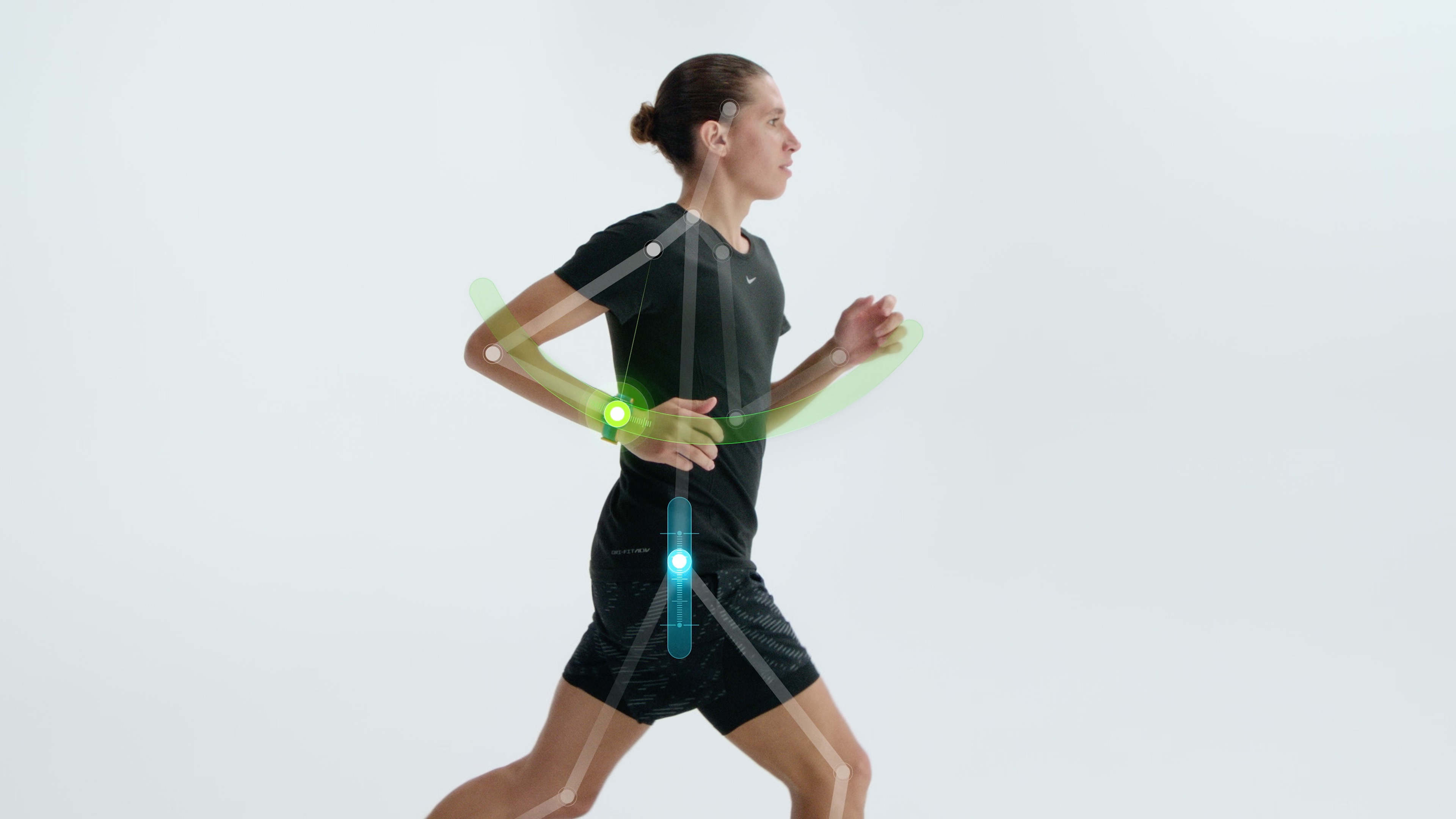
On certain watches, the level of data is quite staggering and calculates measurements such as vertical oscillation and leg spring stiffness. Whilst quite interesting, these metrics are probably not necessary for the average recreational runner.
Stiffness refers to how well you recycle energy applied to the ground, in effect how springy your legs are (the more bouncy, the better). Plyometric exercises such as jumping, hopping and skipping can help to improve this bounce, as can some of the best running shoes.
Vertical oscillation is how much the torso moves up and down whilst running. There is a train of thought that the less vertical movement the more energy a runner conserves. But in my opinion a non-competitive runner will make far greater gains by increasing cadence and improving their form by driving their arms and having a tall posture, than by trying to control their torso movement.

Lily Canter is a UK Athletics running coach, ultra-runner and a freelance running and fitness journalist who writes for TechRadar, Runner's World, Fit&Well and Live for the Outdoors, among others. Her ultra-running credits include running 250km across Tanzania, and placing first female in her inaugural 100km race.